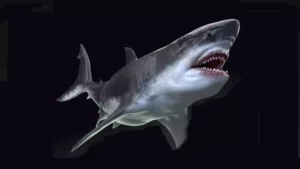Latest update: Clayxels is compatible from Unity 2019 all the way to Unity 2021. Unity 2022 is not supported at this time.
Windows and Mac (new gen M chips), all render pipelines: built-in, URP and HDRP.
There’s no support or compatibility guarantee for mobile, VR, AR, consoles or webgl.
However, clayxels creations can be frozen to plain standard meshes and deployed anywhere.
Features highlight:
-Easily sculpt with volumetric primitives.
-Can be used in editor and in game.
-Real time meshing and splatted volumetric rendering modes.
-Freeze your work to a plain standard unity mesh.
-Splatted look persists on frozen meshes.
-Auto skin weights generated automatically for any frozen mesh.
Clayxels is an interactive volumetric toolkit to sculpt, animate, procedurally generate your game assets or clay-like effects, in editor and in game.
Sculpt and animate your assets inside Unity, give your game a whole new set of interactive volumetric capabilities. Or just export plain polygon meshes.
– you can sculpt and then animate assets directly in Unity without the need for complex mesh operations
– everything stays interactive, what you do in the editor works in game just as well
– fast level design iterations, clayxels can help you achieve complex architectural shapes in a matter of seconds
– export to FBX to move your clayxels models to any external package if you need so
Clayxels can output meshes, point clouds or fully shaded volumetric shapes.
– nothing stops you from interactively creating volumes during gameplay. Only at that point a compute-shader will update the point cloud (this is of course a GPU heavy operation that will impact on your FPS)
– clayxels can be animated in editor or used with procedural motion at runtime
– physics work with standard colliders, you can even use clayxels to generate its own mesh colliders
Open C# code, editable render shaders and signed-distance functions, but you can ignore all of that if you like. Clayxels works by simply moving around standard Unity GameObjects.
– Extend or hack the provided APIs or simply move Unity’s standard GameObjects to interact with the volumes
– Write new shaders via code or use Amplify Shader to customize the existing shaders with nodes
– All the mathematical functions are exposed and you can add your own to change how the signed distance field is generated
Performance will vary a lot depending on the available GPU, this is especially relevant if you plan on using clayxels at runtime in your game.
Original_Link: https://assetstore.unity.com/packages/tools/game-toolkits/clayxels-165312

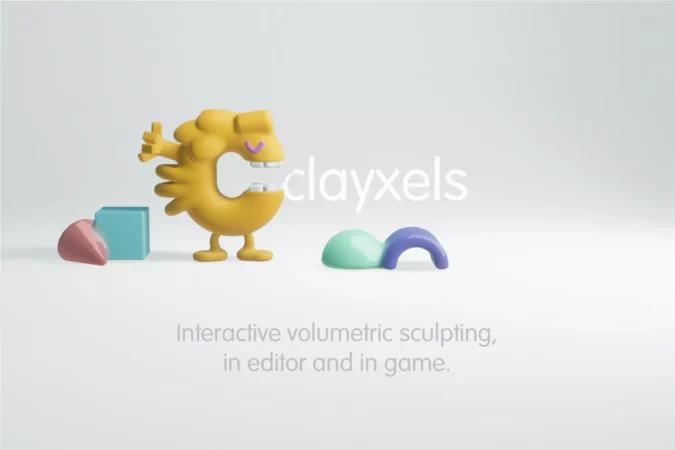
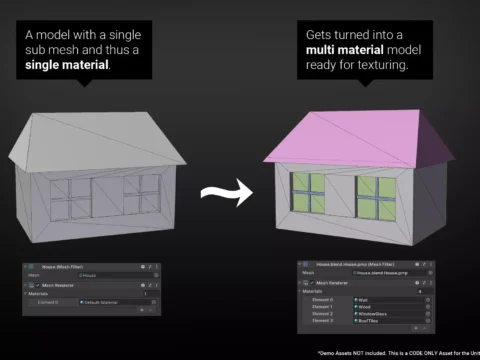
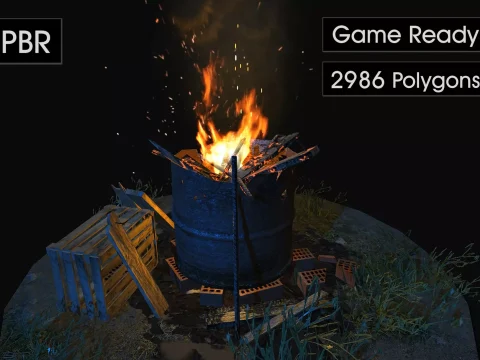
![[Fire] Fantasy 2D Background : Village (v1.0) [Fire] Fantasy 2D Background : Village (v1.0)](https://gfx-station.com/wp-content/uploads/2024/01/f77d0c52-801c-4001-b0e1-4dbe36f3954e-480x360.webp)




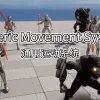
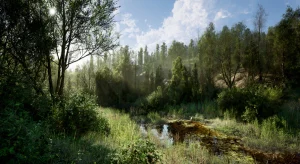
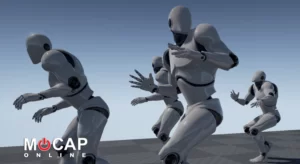
![BigMediumSmall – TOKYO BACK ALLEYS [UE Version]](https://gfx-station.com/wp-content/uploads/2023/12/FtyF9Cv-300x201.webp)

